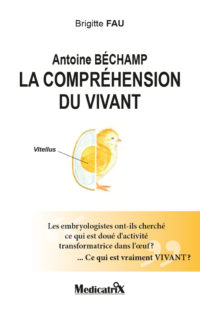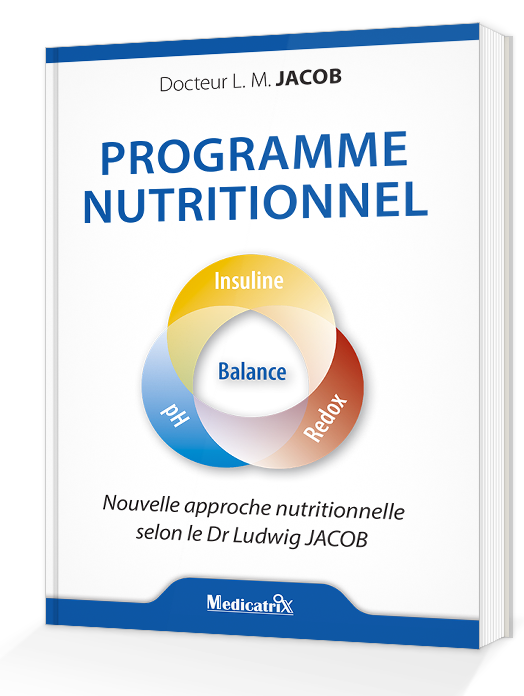[wpfilebase tag=file id=128 /]This review considers whether probiotics are effective agents for the treatment and ⁄ or prevention of bacterial vaginosis (BV). There seems to be an association between the absence of, or low concentrations of, vaginal lactobacilli and the development of BV. Many studies have suggested that the presence of H2O2-producing vaginal lactobacilli may protect against BV, although some studies do not support this hypothesis. In-vitro studies have suggested that certain specific strains of lactobacilli are able to inhibit the adherence of Gardnerella vaginalis to the vaginal epithelium and ⁄ or produce H2O2, lactic acid and ⁄ or bacteriocins, which inhibit the growth of bacteria causing BV. Clinical trials showed that intra-vaginal administration of Lactobacillus acidophilus for 6–12 days, or oral administration of L. acidophilus or Lactobacillus rhamnosus GR-1 and Lactobacillus fermentum RC-14 for 2 months, resulted in the cure of BV (defined as a 0–1 positive score according to Amsel’s criteria), and ⁄ or reduced the recurrences of BV, and⁄or caused an increase in vaginal lactobacilli and restoration of a normal vaginal microbiota, significantly more frequently than did a placebo, acetic acid or no treatment. However, several trials have found no significant difference in the cure rate of BV and in the number of vaginal lactobacilli after intra-vaginal instillation of lactobacilli when compared with the effect of a placebo or oestrogen. Thus, although the available results concerning the effectiveness of the administration of lactobacilli for the treatment of BV are mostly positive, it cannot yet be concluded definitively that probiotics are useful for this purpose.
- Accueil
- Livres
-

À cœur ouvert
10.00 € acheter ce livre -

JE PERDS MES CHEVEUX. Comment les retrouver ?
10.00 € Acheter ce livre -

Les bienfaits du lait de jument
8.00 € Acheter ce livre -

Antoine Béchamp, la compréhension du vivant
10.00 € Acheter ce livre -

Plantes fermentées effets santé décuplés
10.00 € Acheter ce livre -

COVID-19 : crise sanitaire ou crise sociétale ?
8.00 € Acheter ce livre -

COVID-19 : Vertrauenswürdige Experten und Minister ?
Laden Sie das Buch herunter -

DES TORTUES JUSQU’EN BAS (1er chapitre du livre éponyme)
7.50 € Acheter ce livre
-
- Blog
- Auteurs
- Pathologies
- Thématiques
- Conférences
- Covid-19
- TousAction en justiceConvoi de la liberté (Canada)Covid l’autre bout de la lorgnetteEconomieEffets secondairesHumourLa lettre de SentaLes filmsManifestationsMasquesMédecins suspendusMorts subites suite à la vaccination CovidOmicronPass et mesures sanitairesPolitiqueTest PCRVaccin Covid de l’autre côté du miroir
Découvrez des articles de qualité, rares et pointus, ainsi que de nombreux conseils multidisciplinaires (alimentation, compléments alimentaires, technologies…) rédigés et partagés par des professionnels de la santé (médecins, cancérologues, docteurs en sciences, diététiciens…) afin d'optimiser votre hygiène de vie et votre santé au quotidien.
C'est également une maison d'édition contenant une vaste collection de livres “Poche” exclusivement dédiés aux thèmes santé (certains livres sont téléchargeables gratuitement via PDF, Kindle ou Itunes).
Des outils de formation santé (vidéo-formations et conférences gratuites).
C'est également une maison d'édition contenant une vaste collection de livres “Poche” exclusivement dédiés aux thèmes santé (certains livres sont téléchargeables gratuitement via PDF, Kindle ou Itunes).
Des outils de formation santé (vidéo-formations et conférences gratuites).
Contactez-nous: info@medicatrix.be
© Medicatrix est une division des Editions marco pietteur sprlu









